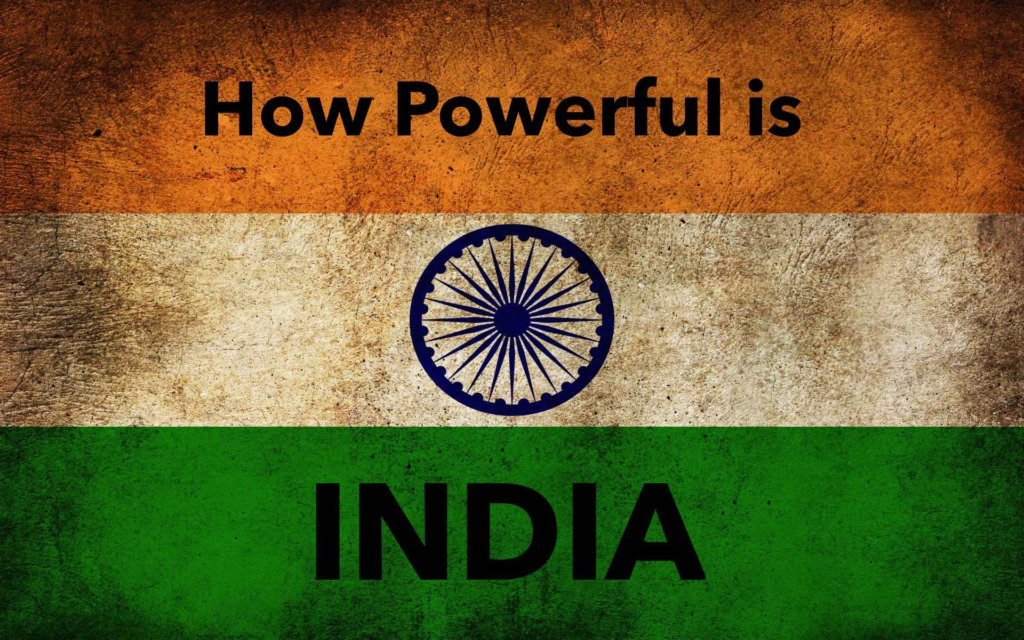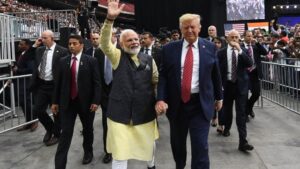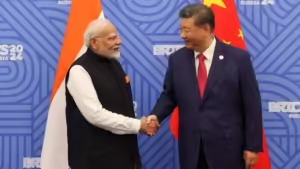In a monumental shift in the geopolitical landscape, India has overtaken Japan to become the third most powerful nation in Asia, according to the 2024 edition of the Asia Power Index (API) by the Lowy Institute. Launched in 2018, the API annually evaluates power dynamics across the Asia-Pacific region, analyzing 27 nations based on eight key parameters, including military capability, economic strength, diplomatic influence, and future resources.
For Indian citizens, this marks a significant moment of pride. The nation, often hailed for its rich history and growing global footprint, has now firmly placed itself as a major power player in Asia, just behind the United States and China. But what does this achievement mean for the country, and how did India climb to this esteemed position?
Table of Contents
Post-COVID Economic Growth Fuels India’s Rise
A primary factor in India’s ascent is its impressive economic recovery following the COVID-19 pandemic. The report credits the country’s remarkable 4.2-point rise in economic capability to this resurgence, coupled with India’s massive population and strong GDP growth. India’s large landmass, youthful population, and emerging technological sectors further contribute to its growing clout in the region.

What makes India’s economic story stand out is its potential for even more growth. While several Asian nations like China are grappling with an aging workforce, India’s young and energetic population is set to deliver a demographic dividend in the years to come. This bodes well for its future, ensuring that the country not only maintains its position but could even challenge higher-ranked powers over time.
India’s score in “Future Resources,” one of the eight API parameters, increased by 8.2 points—an indication of the country’s potential to influence global affairs further. However, the report also points out that while India’s resources are vast, its ability to project power is not fully realized yet, especially east of the Malacca Strait, which remains a challenging frontier.
Read this also: PM Modi’s Successful US Visit Strengthens Global Partnerships, Boosts India’s Economic Ambitions
Diplomatic Influence on the Rise, But Gaps Remain
India’s rise in the rankings is also due to its increasing diplomatic influence. The country’s non-aligned strategic posture has helped it navigate complex international waters, enabling it to build relationships across a wide spectrum of countries without locking itself into formal alliances. This flexibility has made India a valuable player in regional security dialogues, including its leadership role in the Quad, a strategic forum that includes the U.S., Japan, and Australia.

However, the report highlights a gap between the global narrative of “India rising” and the reality of its power projection in the region. Despite the positive developments, India still has limited influence in East Asia and struggles to match the military and economic heft of its competitors, like China and the U.S.
Economic Relationships: A Key Weakness
One of the areas where India lags behind is in its economic relationships with other Asian nations. Indonesia, for example, overtook India in this domain, underscoring the country’s relatively low integration with the region’s larger economies. India’s cautious participation in regional economic frameworks and its focus on domestic economic reforms have limited its engagement with broader Asian economic architecture.
Read this also: History Created in Chess: India Secures Double Gold at 2024 Chess Olympiad
As the report states, this trend is expected to continue unless India ramps up its economic diplomacy and strengthens trade ties with neighboring nations. Without this, the country could struggle to fully capitalize on its growing influence.
Challenges in Defense Networks
The API also recorded a drop in India’s score for defense networks for the third consecutive year, ranking it 9th in this category. India’s traditional non-aligned stance and reluctance to deepen security ties with the U.S.-led alliance network contribute to this decline. Although India has launched key defense initiatives, like the sale of BrahMos missiles to the Philippines, its defense partnerships are still limited.

A Nation Poised for Future Growth
Despite these challenges, India’s rise to the third position in the Asia Power Index is a momentous achievement. With its vast resources, growing population, and a government focused on global engagement, India is well-positioned to continue its upward trajectory. The key to unlocking its full potential will lie in enhancing economic partnerships, increasing military capabilities, and leveraging its diplomatic influence across the Asia-Pacific region.
Read this also: PM Narendra Modi’s Visit to the US: Key Agendas and Strategic Objectives
For India, the future looks bright, and the world is watching.










[…] Read this also: India Surpasses Japan to Become the 3rd Most Powerful Nation in Asia […]
[…] Read this also: India Surpasses Japan to Become the 3rd Most Powerful Nation in Asia […]
[…] Read this also: India Surpasses Japan to Become the 3rd Most Powerful Nation in Asia […]